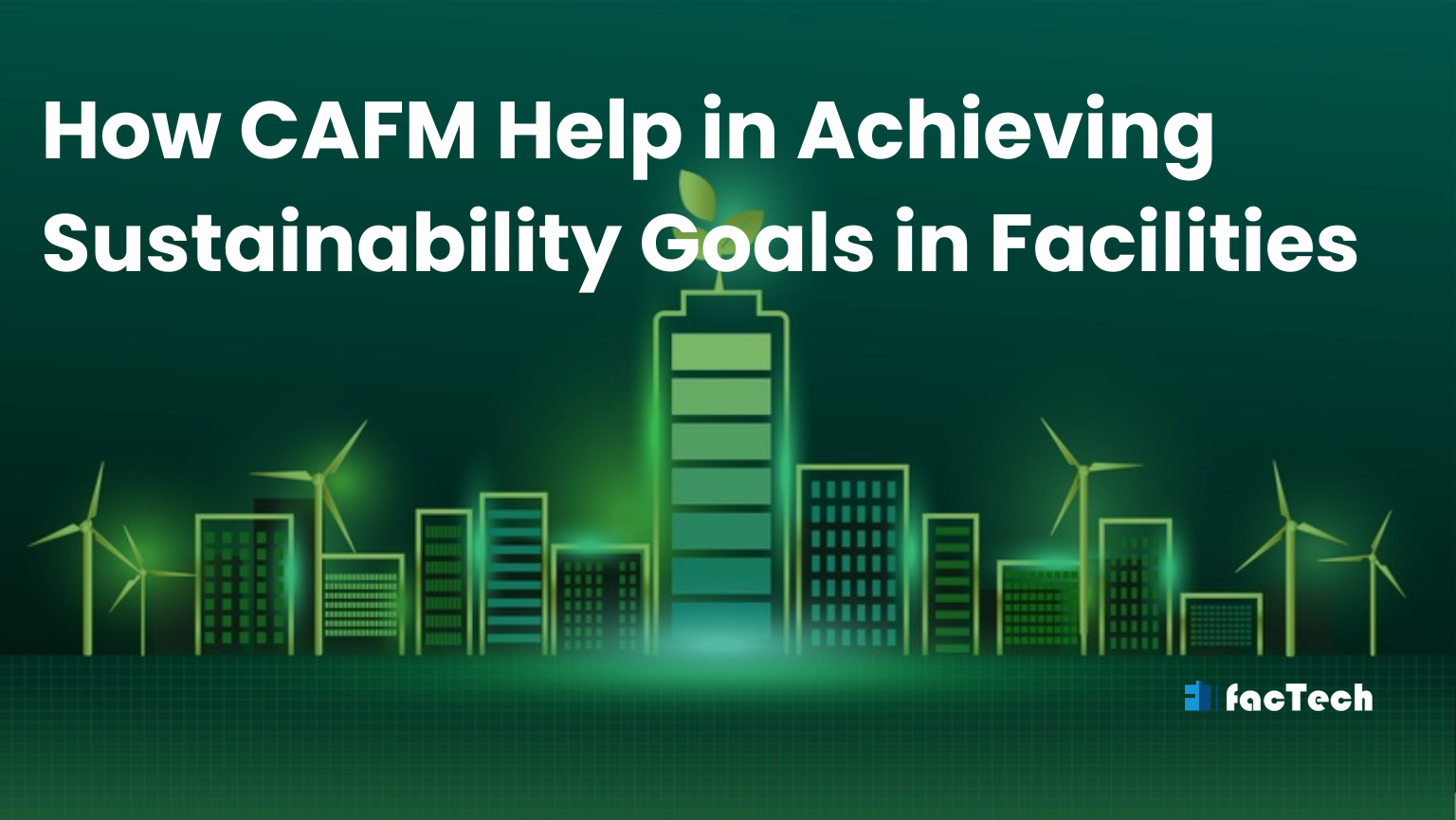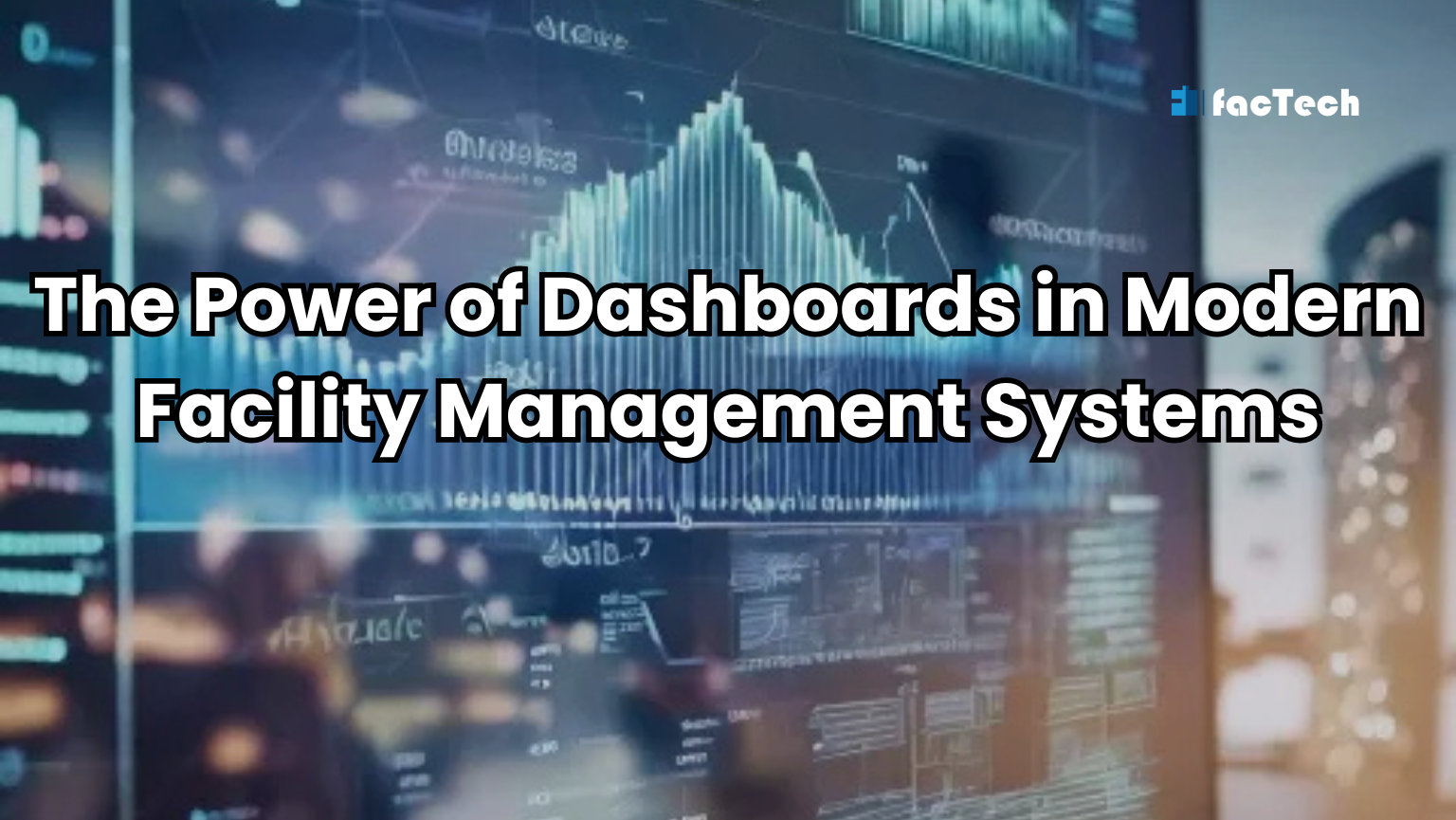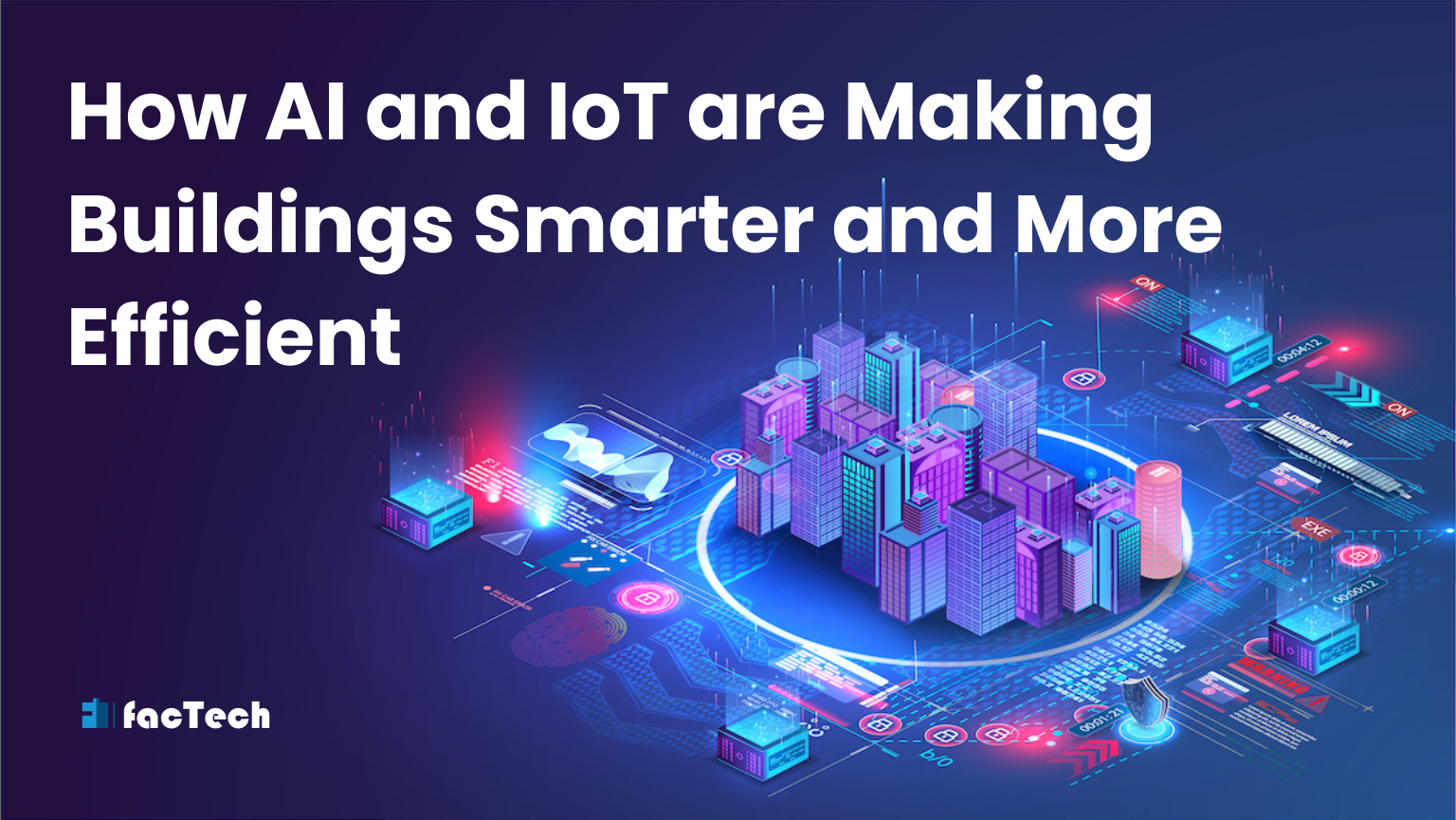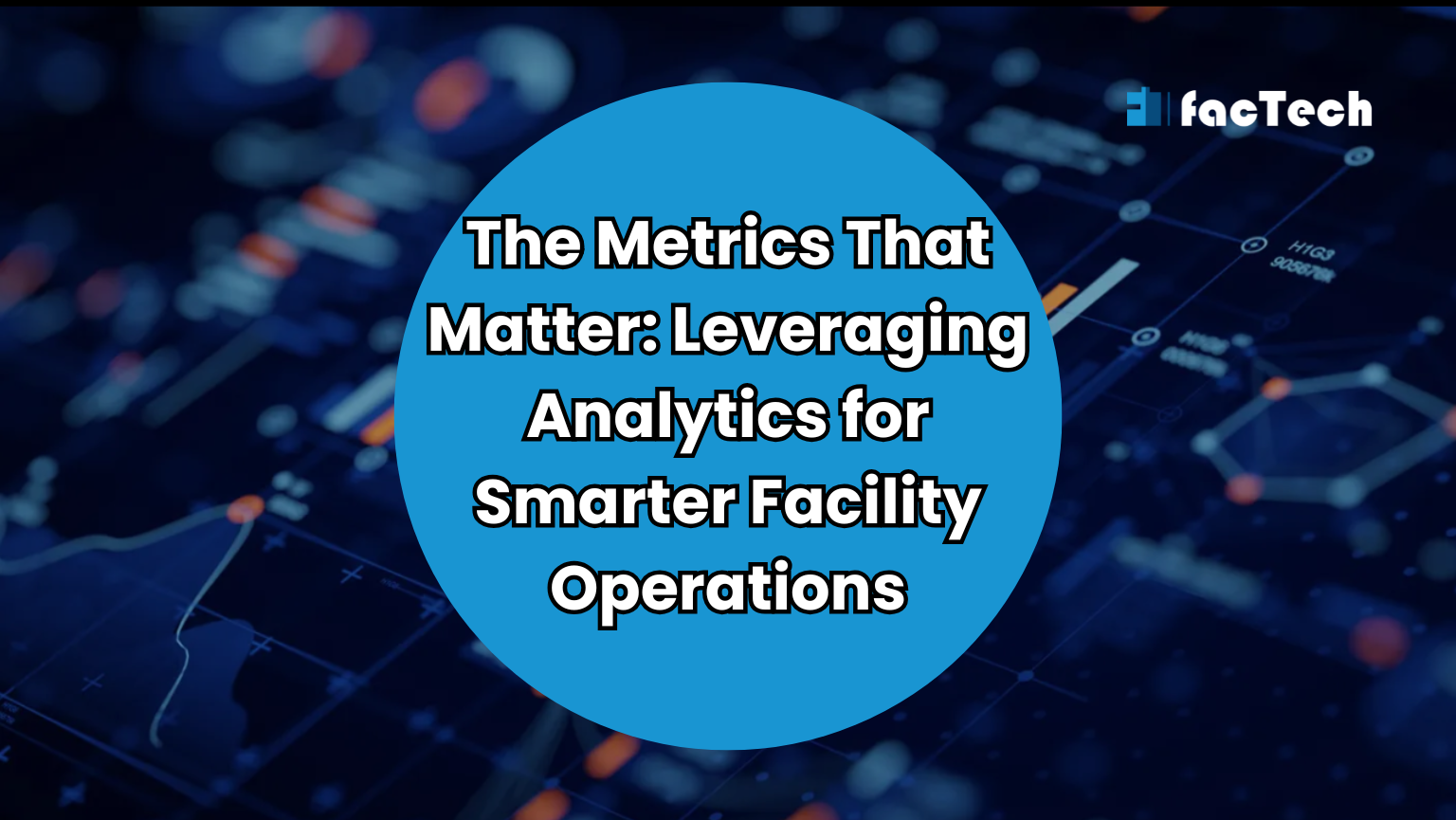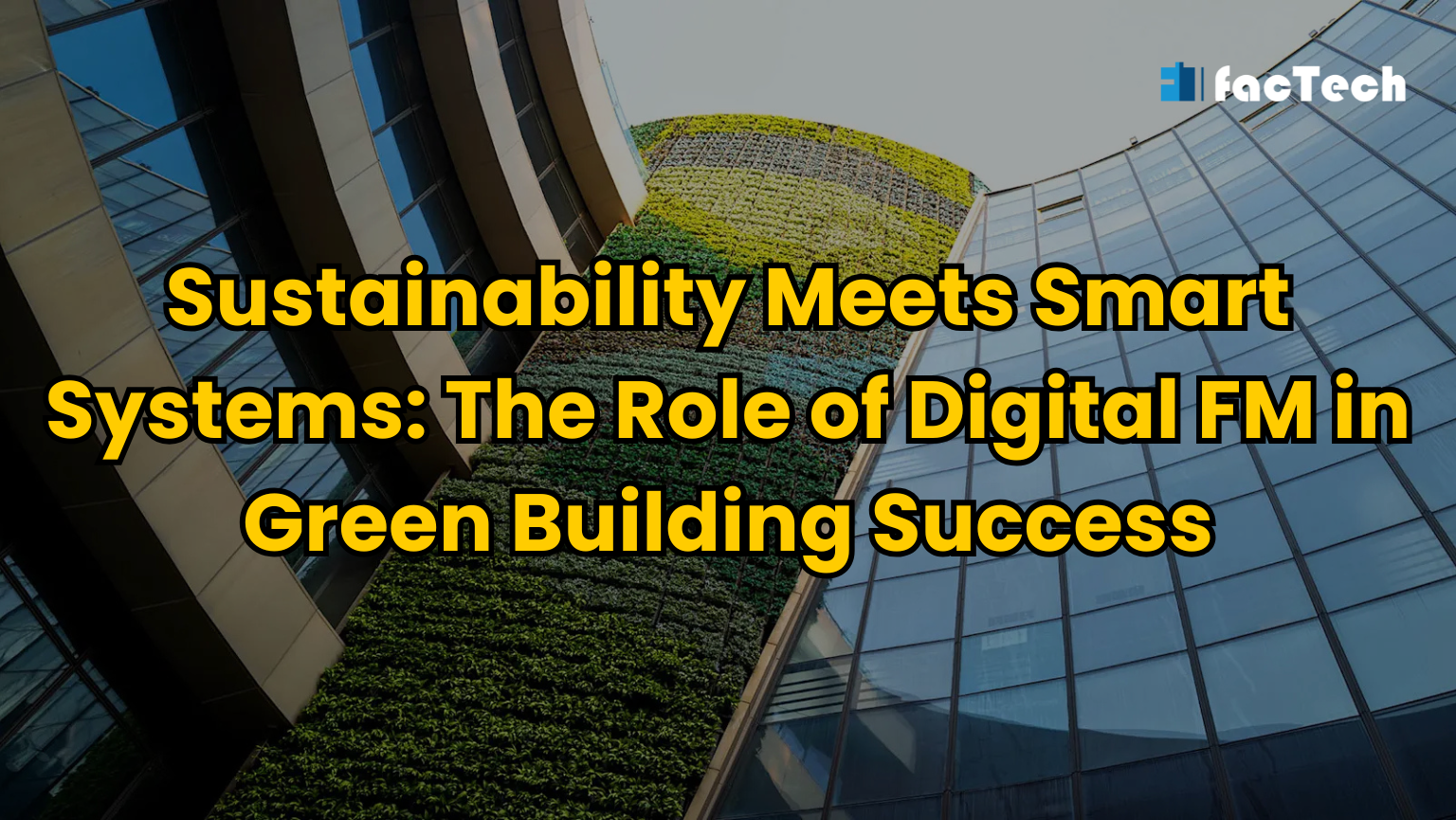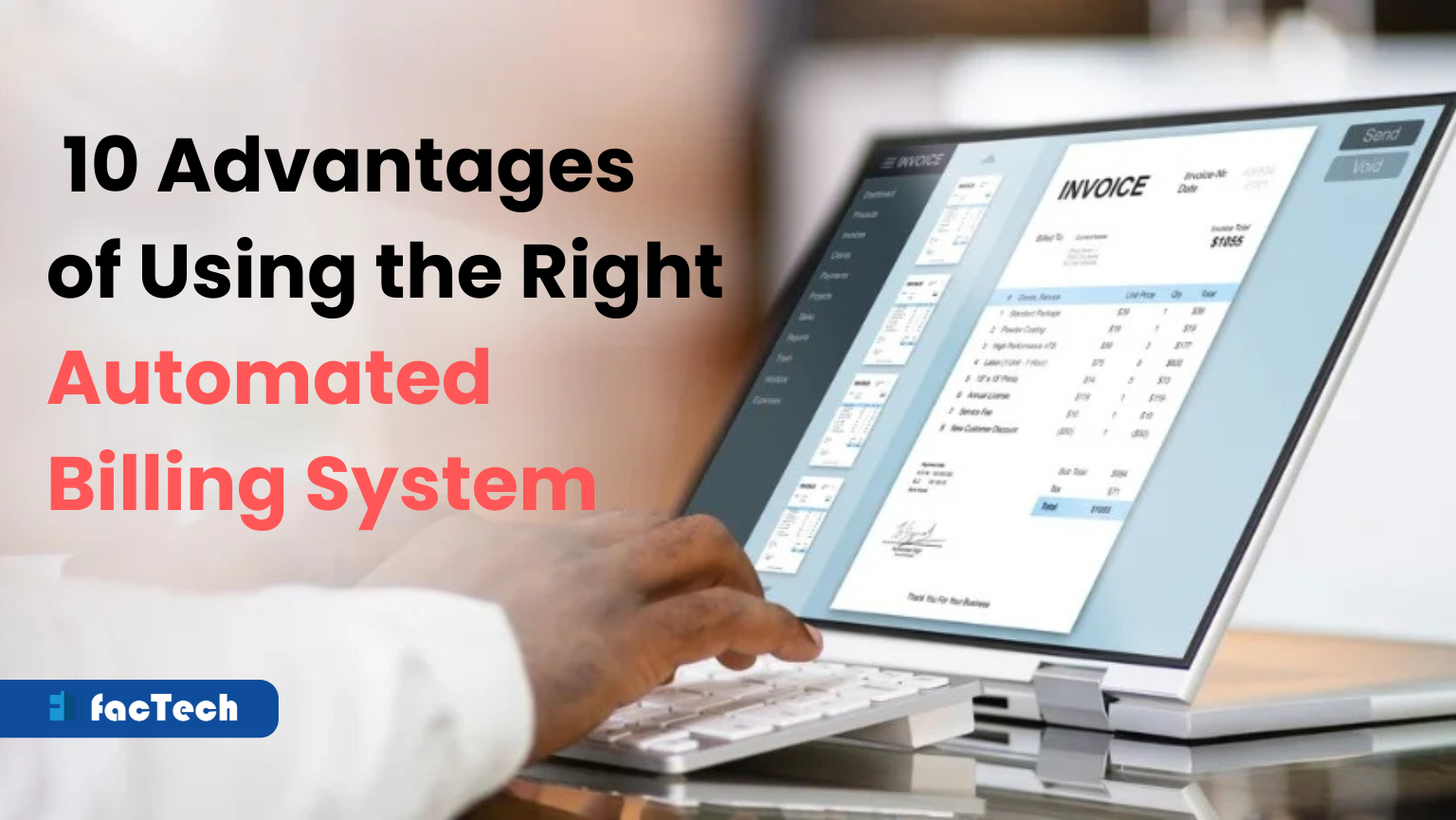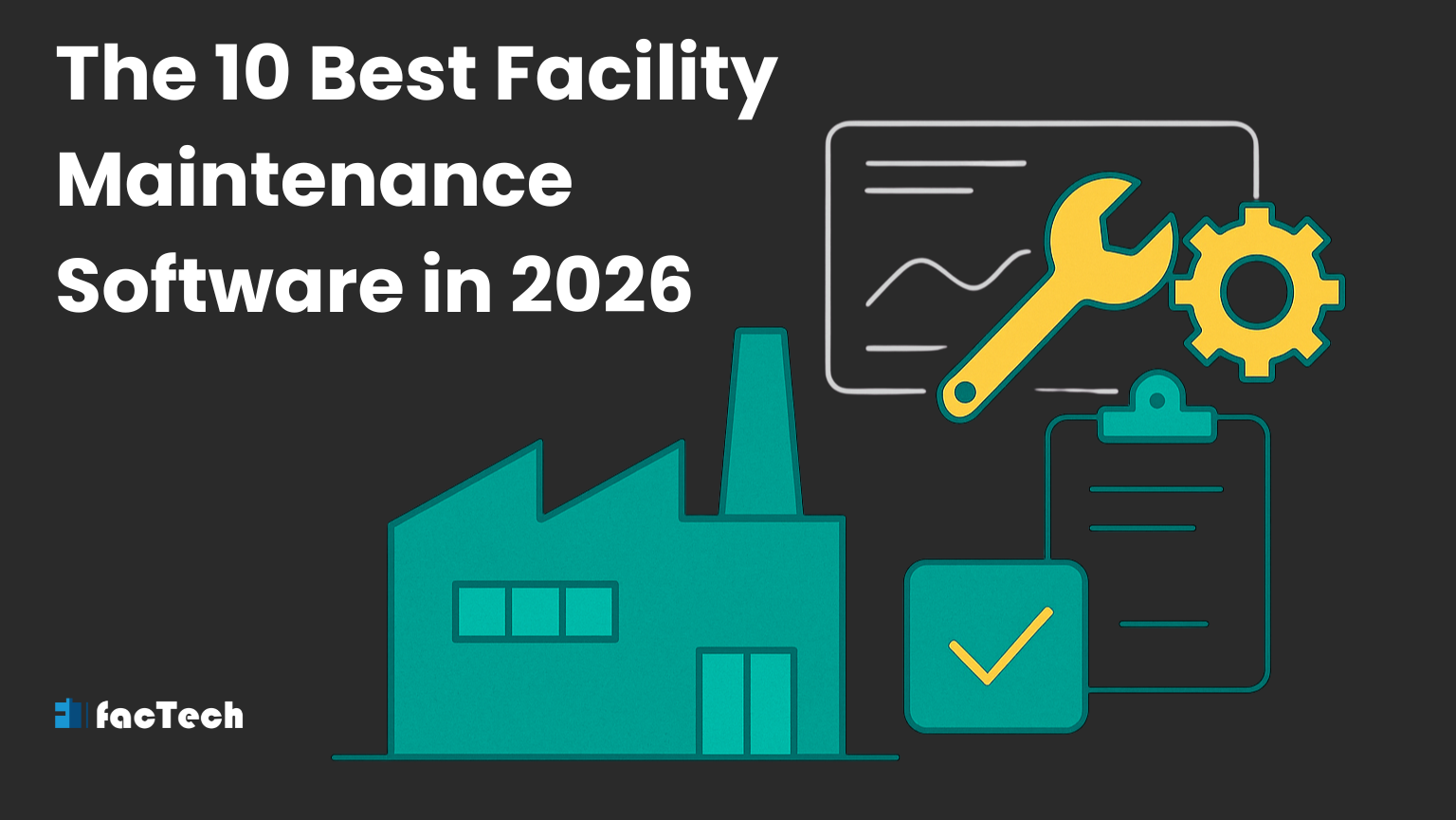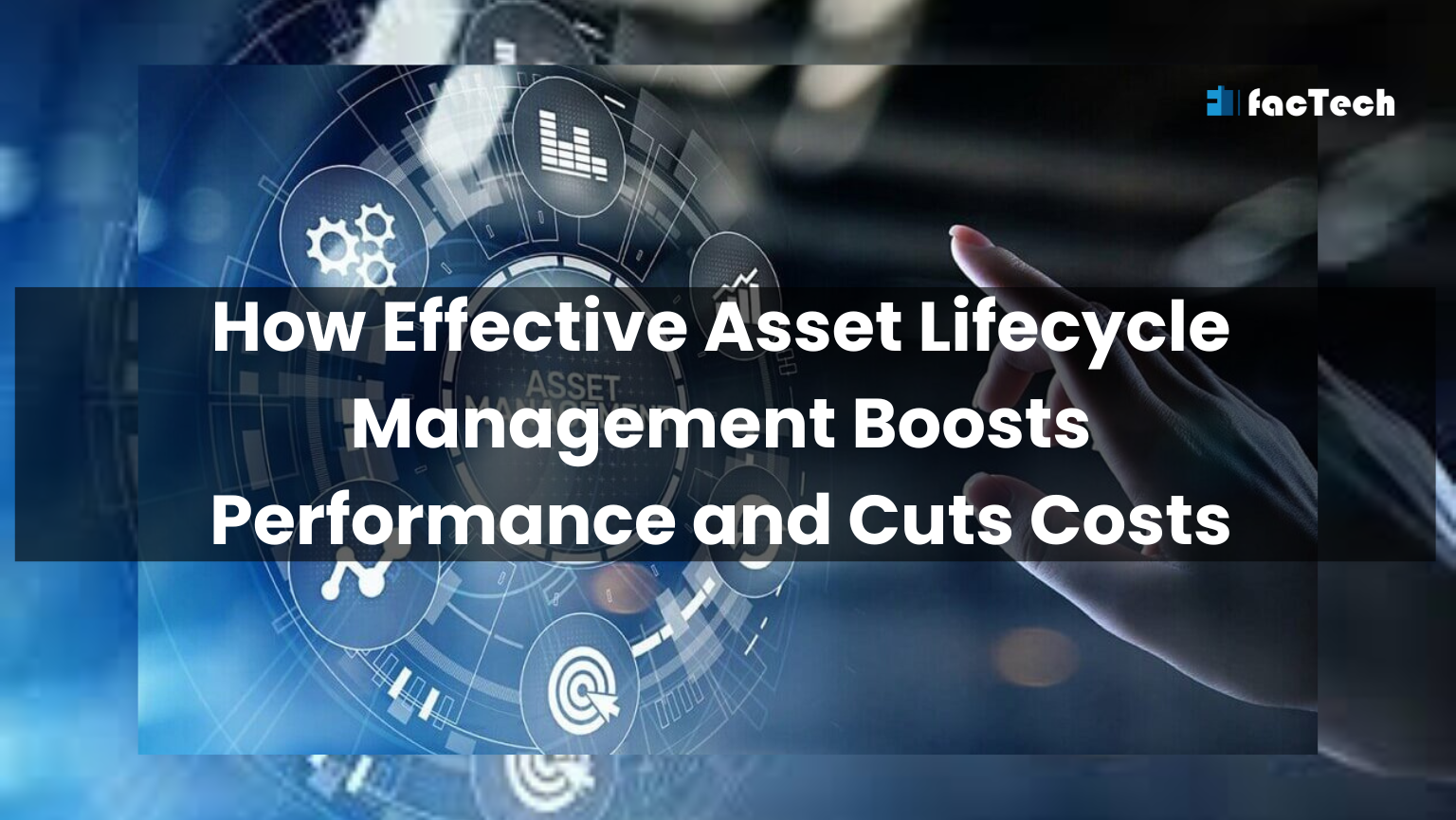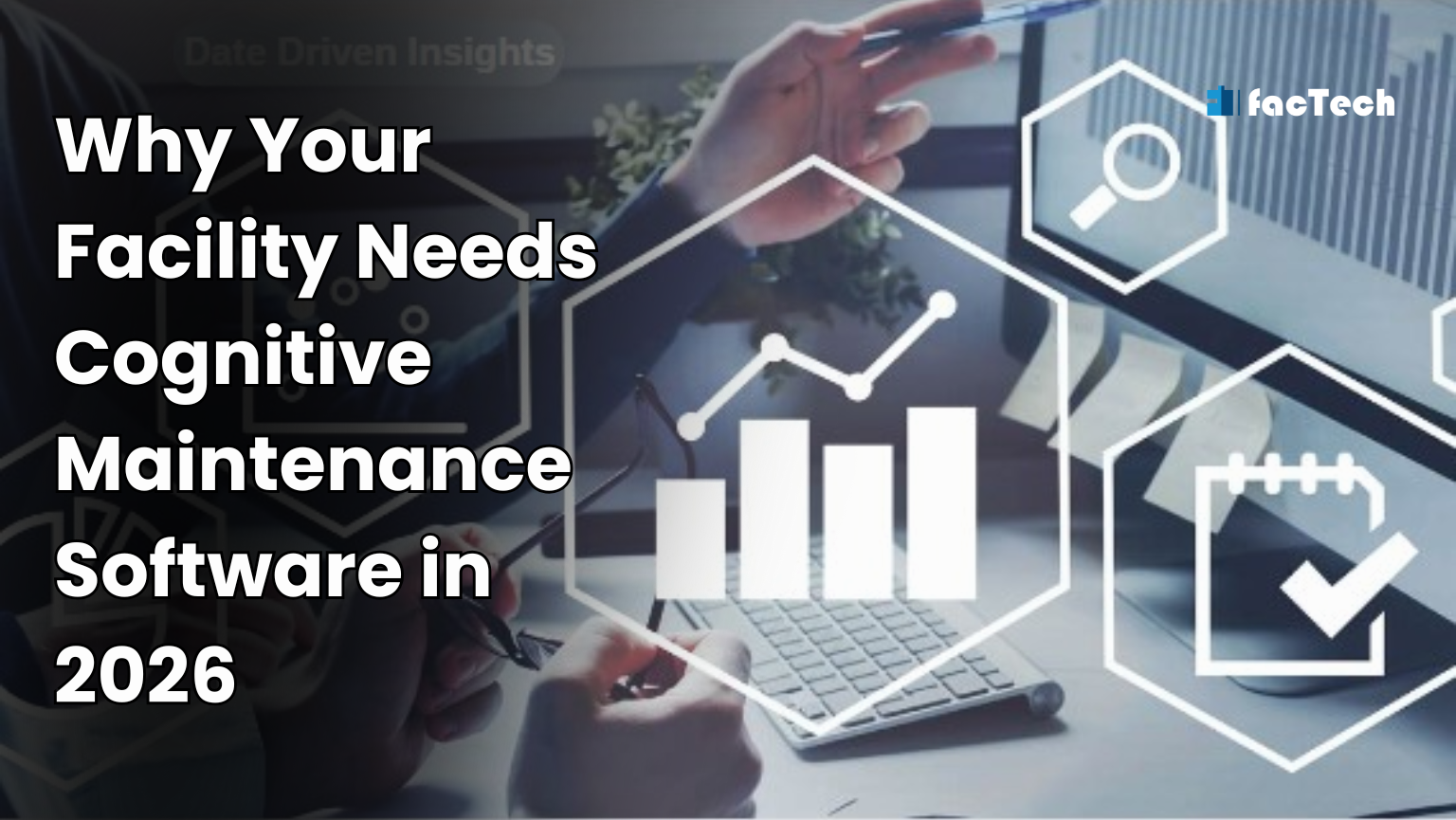How CAFM Help in Achieving Sustainability Goals in Facilities
The need for sustainability around the world has made building operations the most important part of being environmentally responsible. Buildings use a lot of the world’s energy, water, and materials, so facility management is a very important area for making changes. The CAFM software helps facilities meet their sustainability goals by offering them real-time information about energy use, water use, and emissions. It keeps an eye on how well equipment is working and plans maintenance to keep systems running smoothly. CAFM cuts down on waste and carbon emissions by using smart space management and IoT sensor integration. It also gives clear reports that help with following sustainability rules. In general, CAFM helps facility teams better manage resources, lower emissions, and run buildings in a way that is better for the environment.
Understand Sustainable Facility Management
Sustainable FM is all about managing supply chains, energy use, and assets in a way that helps businesses have a carbon-neutral or even “net positive” effect on the environment.
The goal is to make buildings as energy-efficient as possible while also keeping, reusing, and recycling things to make them last longer and lower their carbon footprints.

What CAFM Software Provide for Achieving Sustainability Goals
Monitoring and Reporting Energy in Real Time
Facility managers can utilize CAFM software to see how much power, water, and fuel is being used in all buildings at the same time. This helps find strange uses early and reduce wasting energy quickly. It also helps you make sure your ESG (Environmental, Social, and Governance) reports are proper and that you follow the regulations for green building.
Caring for Instruments that Use Less Energy
When things like HVAC systems and lighting aren’t fixed on a regular basis, they use more energy. With CAFM, it’s easier to plan preventative maintenance, which helps keep important systems in good repair. Taking care of your tools makes them function better, last longer, and use less power, which saves you money and energy.
How to Make Good Use of Space
Rooms that aren’t being used still need power to keep the lights on and the temperature comfortable. You can use CAFM to keep track of how space is being used so you don’t waste as much. Better space management implies fewer areas that aren’t used, cheaper utility bills, and a more efficient building, all of which are essential steps toward Net Zero.
Dashboards for Keeping Track of Carbon and the Environment
Modern CAFM systems have dashboards that show how much trash, water, and electricity are being consumed. Teams can set clear targets for sustainability, keep track of how well they’re doing, and make smarter choices to have less of an influence on the environment when all of this information is in one place.
Also read: Human & Machine in New Age CAFM
Keeping an Eye on the Environment with IoT
CAFM software frequently works with smart sensors that detect things like temperature, humidity, air quality, and energy use in real time. This lets buildings change their settings on their own, like turning off lights or lowering the air conditioning while no one is there. This helps them reach their aim of being Net Zero by using less energy.

How Factech CAFM Can Help in Achieving Sustainability Goals
Factech’s CAFM platform is designed to help you take care of modern buildings and offers characteristics that make them last longer and use less energy.
Using IoT and Sensors Together to Acquire Real-Time Energy Data:
Factech’s technology can simply connect to IoT devices and energy meters to show you how much power, water, and fuel you’re using right now. This live monitoring makes it easier to discover waste right away and makes sure that energy management is proactive instead of reactive.
Also read: How IoT and AI are Revolutionizing Facility Management
Planning for Smart Preventive Maintenance (PPM):
Not only does the platform produce schedules based on time, but it also makes timetables depending on how often something is used or how well it functions. Taking care of HVAC systems, motors, and lighting systems when they break down can immediately cut down on the excess energy they require.
Module for Cleaning Up Trash
The system can keep track of how much trash is made, how it is sorted, and how often it is recycled. This helps facility managers figure out how to best use resources and run recycling programs.
Dashboards for Sustainability that can be Changed:
Factech features special dashboards that keep track of crucial sustainability factors, such as energy use per square foot, water use, and carbon footprint. These reports with graphics assist managers in making decisions based on facts about how well they are performing for the environment.
Digital Compliance Trail:
Factech keeps a digital record of all inspections, maintenance, and energy audits that can be examined. This makes it easier to prove that you are following environmental guidelines and green building requirements. This makes it easier to report on ESG.
In short, Factech CAFM software gives a facility the information and automation it needs to go from being a big resource hog to a model of operational efficiency and environmental responsibility.
Also read: Importance of AI Driven Facility Dashboard
FAQs
Q: What does it mean to operate a facility in a way that is good for the environment?
It’s about running buildings and their activities in a way that is as good for the environment as possible, with the goal of having no or a positive effect on the environment.
Q: How does CAFM software assist in saving energy?
CAFM keeps an eye on energy use in real time, sets up mechanisms to cut down on waste, and plans maintenance to make sure that equipment runs smoothly.
Q: Can compliance reporting be made easier using CAFM software?
Yes, it puts all the information needed for ESG and other sustainability reports in one place. It helps to make a digital trail for audits.
Q: What does IoT do in Achieving Sustainability goals?
IoT sensors give CAFM real-time information on how much energy is being used, the temperature, and how many people are in a room. This lets CAFM make automatic, data-driven decisions to save energy.
